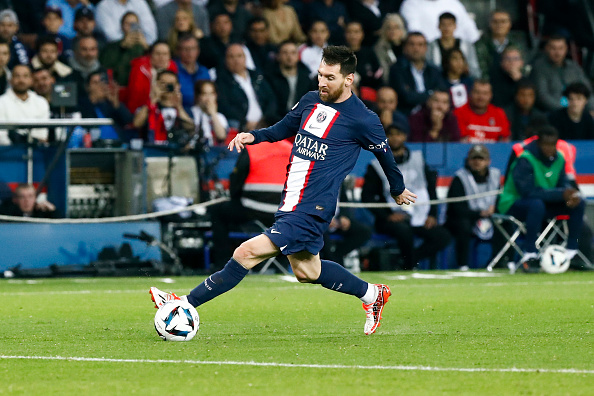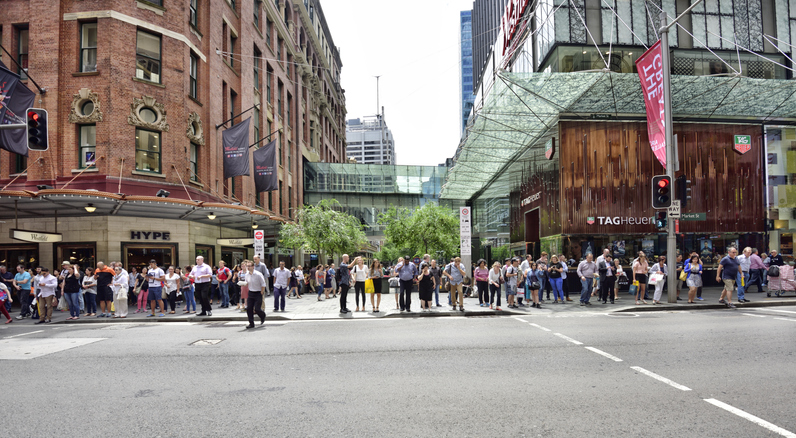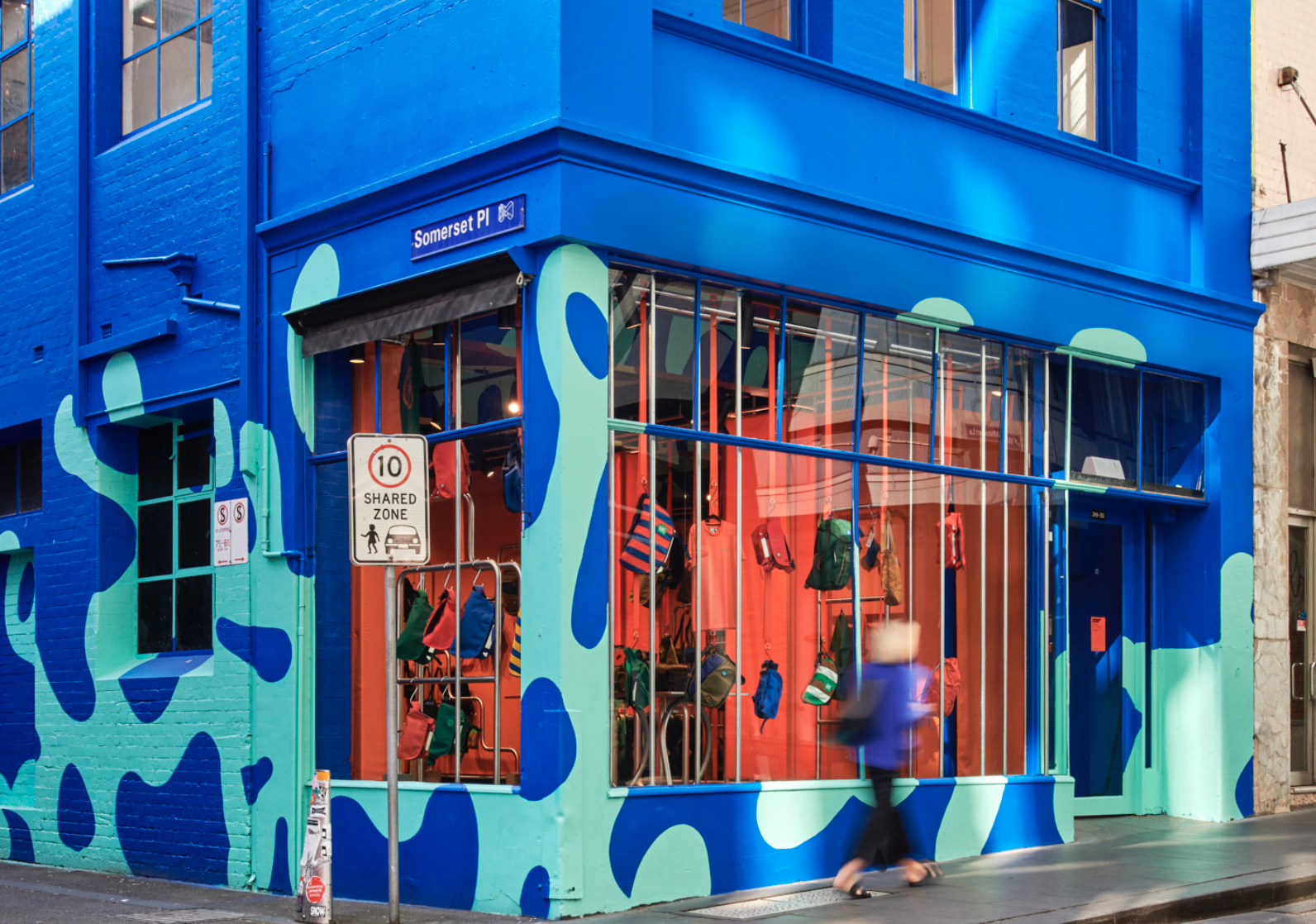How Nike Lost Lionel Messi
Lionel Messi and Cristiano Ronaldo, the world’s most famous athletes, were both signed to Nike sponsorships. Then one got away.
When the World Cup kicks off next month, the two biggest stars in Qatar will be Cristiano Ronaldo and Lionel Messi, the players who have defined the modern era of the world’s most popular sport and together achieved a level of fame normally reserved for popes and U.S. presidents.
The rivalry between a diminutive genius from Argentina and a preening superhero from Portugal has played out over the last 15 years as a tale of opposites, right down to the most important tools of their trade: their cleats. With billions of dollars at stake, Mr. Messi wore Adidas, while Mr. Ronaldo was Nike.
But before they were on both sides of soccer’s answer to Pepsi vs. Coke, Mr. Messi and Mr. Ronaldo once played for the same team. For one brief spell before the 2006 World Cup, Nike had both of them.
Through shrewd judgment, canny timing, and a bit of dumb luck, the company had spotted the two players at the dawn of their careers and tied them both to the Swoosh. The same way Nike would later endorse Roger Federer and Rafael Nadal in tennis, or LeBron James and Kevin Durant in the NBA, it had managed to secure a pair of teenage talents who could soon call themselves the greatest players of their generation—only this time it was happening in the world’s biggest sport.
Then Nike lost one.
There are competing versions of just what triggered Mr. Messi’s switch to Adidas. In the end it was a combination of factors, all linked by the single thread of a father deciding that Nike wasn’t treating his son properly. Nike didn’t respond to a request for comment, nor did the Messi family.
The account of how that happened is based on dozens of interviews with former executives at both Nike and Adidas, as well as teammates of Mr. Messi and Mr. Ronaldo, coaches, and entourages—many of whom spoke on condition of anonymity since their relationships, and occasionally their livelihoods, hinged on discretion.
Good vs. evil
The craziest part of this story was that Nike ever had either one of Mr. Messi or Mr. Ronaldo.
Until the 1990s, like most Americans, the company’s executives in Beaverton, Ore. viewed soccer as an esoteric pursuit. Then, in 1994, soccer came looking for America. The World Cup landed on U.S. shores for the first time, smashing records for attendance and ticket revenue. Two centuries after the laws of the game were first written down in a London pub, it looked as though soccer was finally establishing a foothold across the Atlantic. Nike, ranked No. 7 by sales in the world’s No. 1 sport, realised it could no longer afford to sit on the sidelines. One former Nike executive said that people at the time didn’t take the company seriously as a soccer brand.
Changing that perception was the remit of a young ad man named Jelly Helm and a few co-workers as they huddled in an office block in Oregon late in 1995. True, they knew next to nothing about soccer. But they knew a lot about selling shoes. And so they resolved to crack the soccer market by turning to the one group of pitchmen who had sold more shoes over the years than anyone else: all-star teams. “We knew if we could assemble a team of all-star footballers,” Mr. Helm said, “European kids would f—ing freak out.”
European soccer doesn’t actually have all-star teams, but it would take more than that to stop Nike.
To make its vision of a soccer all-star team a reality, the company agreed to bankroll the most expensive commercial in its history. Soon, some of the biggest names in world soccer were jumping on chartered jets and pulling on Nike cleats. In the absence of an opposing team of all-stars to play against, Nike hired the special-effects crew from Apollo 13 to create an army of undead soccer demons, with Satan as their player-manager. The ad would be called “Good vs. Evil.”
The reaction to Nike’s blockbuster ad bordered on hysterical. The spot was denounced by FIFA, banned from movie theaters in Denmark, and later honoured at the Cannes Film Festival. Within six months of the ad’s debut, Nike had inked a deal to become the official sponsor of the Brazil national team, thanks to a 10-year, $400 million contract. It was the soccer industry’s disrupter before anyone knew what “disrupter” meant.
By the early 2000s, it was safe to say that Nike’s late entry into the game had been a success. Manchester United, Brazil, FC Barcelona, and a clutch of the world’s best players were all wearing the Swoosh. Crucially, Nike also had a longstanding relationship with Portugal’s national team, which is how it became aware of a kid born on the Portuguese island of Madeira in the middle of the Atlantic.
As half of Europe vied for Mr. Ronaldo’s attention, he soon joined the one team he would stay with longer than any club. After a brief flirtation and a few dozen pairs of boots, Mr. Ronaldo partnered with Nike in 2003. By then, Mr. Messi was on board too, after moving from Rosario, Argentina to Barcelona while he was still in middle school.
Mr. Ronaldo’s relationship with Nike proved so fruitful that in 2016 he became one of just three athletes to receive a lifetime deal following Michael Jordan and LeBron James. Mr. Messi’s association with Nike—like Mr. Messi himself—was a little shorter. He was gone in three years.
The golden boy
There never was an official answer inside Nike’s Beaverton headquarters as to how Mr. Messi slipped through the net. But internally, they had a saying, one former executive remembers—a slightly cruder version of, “success has many fathers, but failure is an orphan,” this former executive said.
In this case, the problem was one father in particular. For the first couple of years, Mr. Messi’s father Jorge, a former factory worker who doubled as his son’s agent, had been perfectly content to let his boy trot around in the same Nike gear that Barçelona had always supplied. Nike was more than content: the company felt it had a star in the making.
In 2005, it produced an ad cutting together footage of kids doing tricks on the streets of Barcelona. Right at the end of the 60-second spot, a shaggy-haired teen on a dark practice field sweeps a free kick over some dummies and into the net from 25 yards. He stares straight down the lens and puts the soccer world on notice.
“Recuerda mi nombre,” he said. Remember my name. “Leo Messi.” He’s wearing Nike from head to toe.
That was the year Mr. Messi turned 18. It was also the year that anyone who was anyone in soccer learned that he could no longer be ignored as he led Argentina to the 2005 FIFA World Youth Championship, a World Cup for under-20s.
“Lionel Messi will be my successor,” proclaimed the late Argentine legend Diego Maradona, considered one of the greatest-ever soccer players. “He will be the new golden boy.”
Everyone from Barcelona to Beaverton knew that Mr. Messi’s next stage needed to be the 2006 World Cup in Germany. Nike began getting its stars in order more than a year ahead of time. It arranged a photo shoot with Mr. Messi in Barcelona and had him perform all the tricks in his repertoire, over and over, from every angle. But early the following year, Nike received a call telling them to scrap all of it.
Mr. Messi was an Adidas player now.
Nike executives couldn’t believe what they were hearing. The company had been shipping boots to him since he was 14 years old, and it sponsored the only pro club he had ever played for. If ever there was a natural candidate for a lifelong bond with the Swoosh, Mr. Messi was it.
This flew in the face of decades of soccer dominance by Adidas. The company founded by two brothers in Bavaria had ruled the sport ever since inventing the first modern soccer boot in the 1950s. It later cemented that spot by sponsoring elite clubs, top players, and the World Cup for which it has manufactured every tournament ball since 1970.
But even with all that heritage, it was never obvious that Adidas would be able to pry Mr. Messi away from such a powerful competitor. How it happened came down to a combination of factors, all linked by the single thread of Jorge Messi deciding that Nike wasn’t treating his son properly. In one telling, Adidas had stepped up its game with ever-increasing offers to the Messi camp, reaching $1 million a year, while former Nike executives remember the money men in Oregon declining to go to war over a teenager.
Another person familiar with how Nike lost Mr. Messi remembers it coming down to something a little more trivial. Leo’s father had made a seemingly innocuous request for more athletic gear, only to find that neither Nike Iberia nor Nike South America was getting back to him. That was enough to sour the relationship. Nike, this person said, let Mr. Messi get away for a few hundred bucks worth of tracksuits.
In public, the company wasn’t going down without a fight. As far as Nike was concerned, there was a deal in place for many more years to come. “Nike has got a binding agreement with Lionel Messi,” a company spokesman told reporters at the time. It was prepared to take “whatever measures necessary” to enforce it.
Jorge Messi’s reply was that the dispute would be settled “wherever it has to be settled,” he said, meaning the Spanish courts.
The only problem for Nike was that there was no contract. A legally binding agreement had never (or no longer) existed. What the company had in place with the Messi camp was more of a commitment letter, which Spanish judges ruled over the course of several months wasn’t worth the fax paper it was printed on.
On Feb. 1, 2006, Mr. Messi trotted onto the Barcelona pitch for a Copa del Rey match in a pair of Adidas F50s.
Nike consoled itself with a single detail about the one that got away: compared with Mr. Ronaldo, one former executive remembers colleagues saying internally, Mr. Messi had next to no public personality.
A handful of executives inside Adidas headquarters in Germany privately worried about the same thing. While they had acquired the rights to one of the most talented soccer players in the world, they fretted that their new pitchman might have all the charisma of a silent film star. The shy kid who had bawled for the entire flight from Argentina to Spain at age 12 was now a shy 18-year-old who barely looked like an athlete. Left to his own devices, he fed himself with pizza and Coca-Cola. His jersey billowed around him like he had borrowed it. Mr. Messi hardly knew where the Barcelona weight room was.
Adidas CEO Herbert Hainer didn’t seem worried about it. Poaching Mr. Messi from Nike was a coup so momentous that he highlighted it in the middle of the company’s earnings call that May. Top of the company’s list of recent achievements, he said—ahead of selling 15 million soccer balls and 750,000 pairs of boots—was “the signing of the world’s top-ranked footballer under 21 from Argentina…who many claim has the potential to be the next Maradona.”
This article is adapted from the book “Messi vs. Ronaldo: One Rivalry, Two GOATs, and the Era That Remade the World’s Game,” by The Wall Street Journal’s Joshua Robinson and Jonathan Clegg, to be published on Nov. 1 by Mariner Books, an imprint of HarperCollins (which, like the Journal, is owned by News Corp).
 Copyright 2020, Dow Jones & Company, Inc. All Rights Reserved Worldwide. LEARN MORE
Copyright 2020, Dow Jones & Company, Inc. All Rights Reserved Worldwide. LEARN MORE
This stylish family home combines a classic palette and finishes with a flexible floorplan
Just 55 minutes from Sydney, make this your creative getaway located in the majestic Hawkesbury region.
The marketplace has spoken and, at least for now, it’s showing preference for hybrids and plug-in hybrids (PHEVs) over battery electrics. That makes Toyota’s foot dragging on EVs (and full speed ahead on hybrids) look fairly wise, though the timeline along a bumpy road still gets us to full electrification by 2035.
Italian supercar producer Lamborghini, in business since 1963, is also proceeding, incrementally, toward battery power. In an interview, Federico Foschini , Lamborghini’s chief global marketing and sales officer, talked about the new Urus SE plug-in hybrid the company showed at its lounge in New York on Monday.
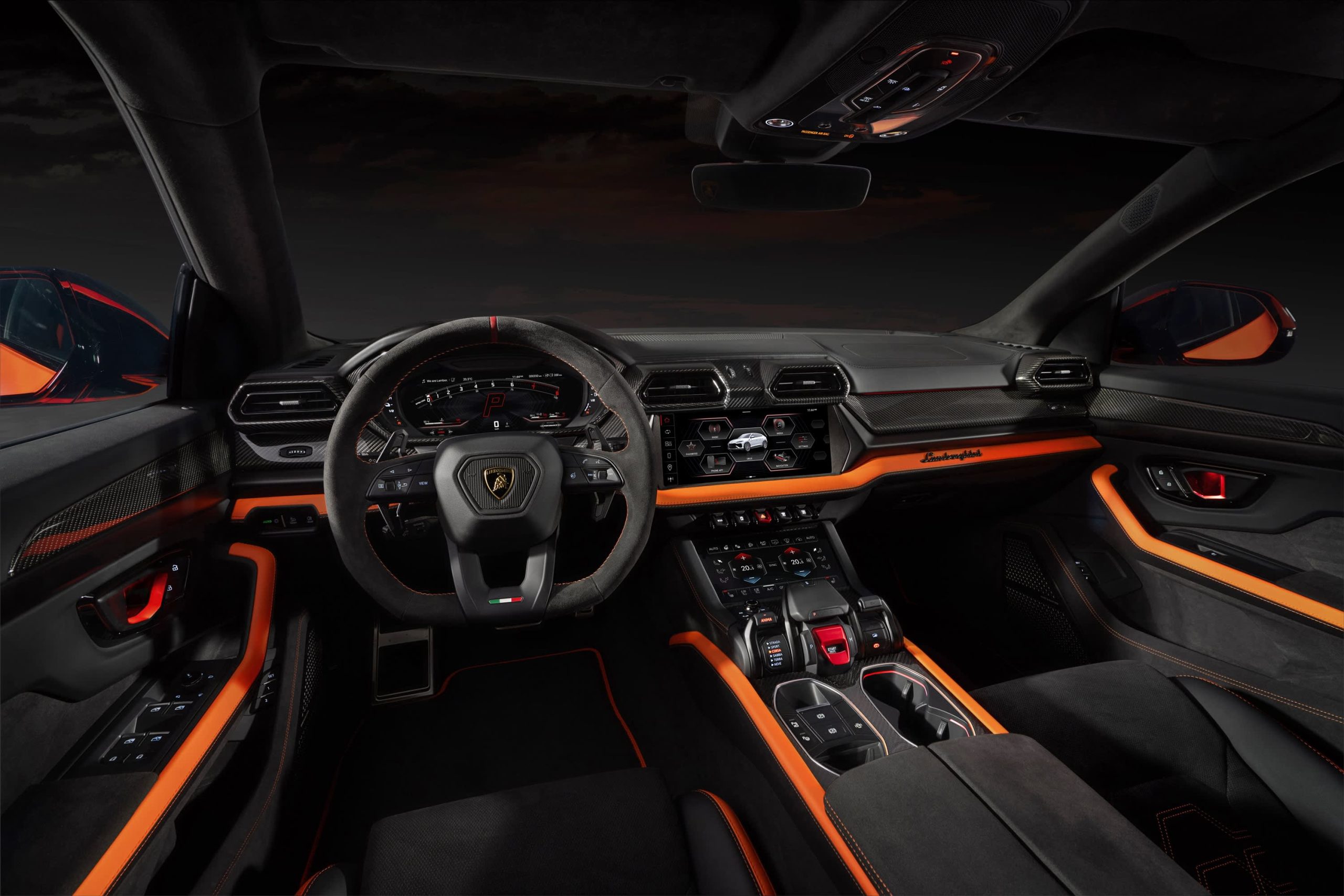
Lamborghini
The Urus SE SUV will sell for US$258,000 in the U.S. (the company’s biggest market) when it goes on sale internationally in the first quarter of 2025, Foschini says.
“We’re using the contribution from the electric motor and battery to not only lower emissions but also to boost performance,” he says. “Next year, all three of our models [the others are the Revuelto, a PHEV from launch, and the continuation of the Huracán] will be available as PHEVs.”
The Euro-spec Urus SE will have a stated 37 miles of electric-only range, thanks to a 192-horsepower electric motor and a 25.9-kilowatt-hour battery, but that distance will probably be less in stricter U.S. federal testing. In electric mode, the SE can reach 81 miles per hour. With the 4-litre 620-horsepower twin-turbo V8 engine engaged, the picture is quite different. With 789 horsepower and 701 pound-feet of torque on tap, the SE—as big as it is—can reach 62 mph in 3.4 seconds and attain 193 mph. It’s marginally faster than the Urus S, but also slightly under the cutting-edge Urus Performante model. Lamborghini says the SE reduces emissions by 80% compared to a standard Urus.
Lamborghini’s Urus plans are a little complicated. The company’s order books are full through 2025, but after that it plans to ditch the S and Performante models and produce only the SE. That’s only for a year, however, because the all-electric Urus should arrive by 2029.
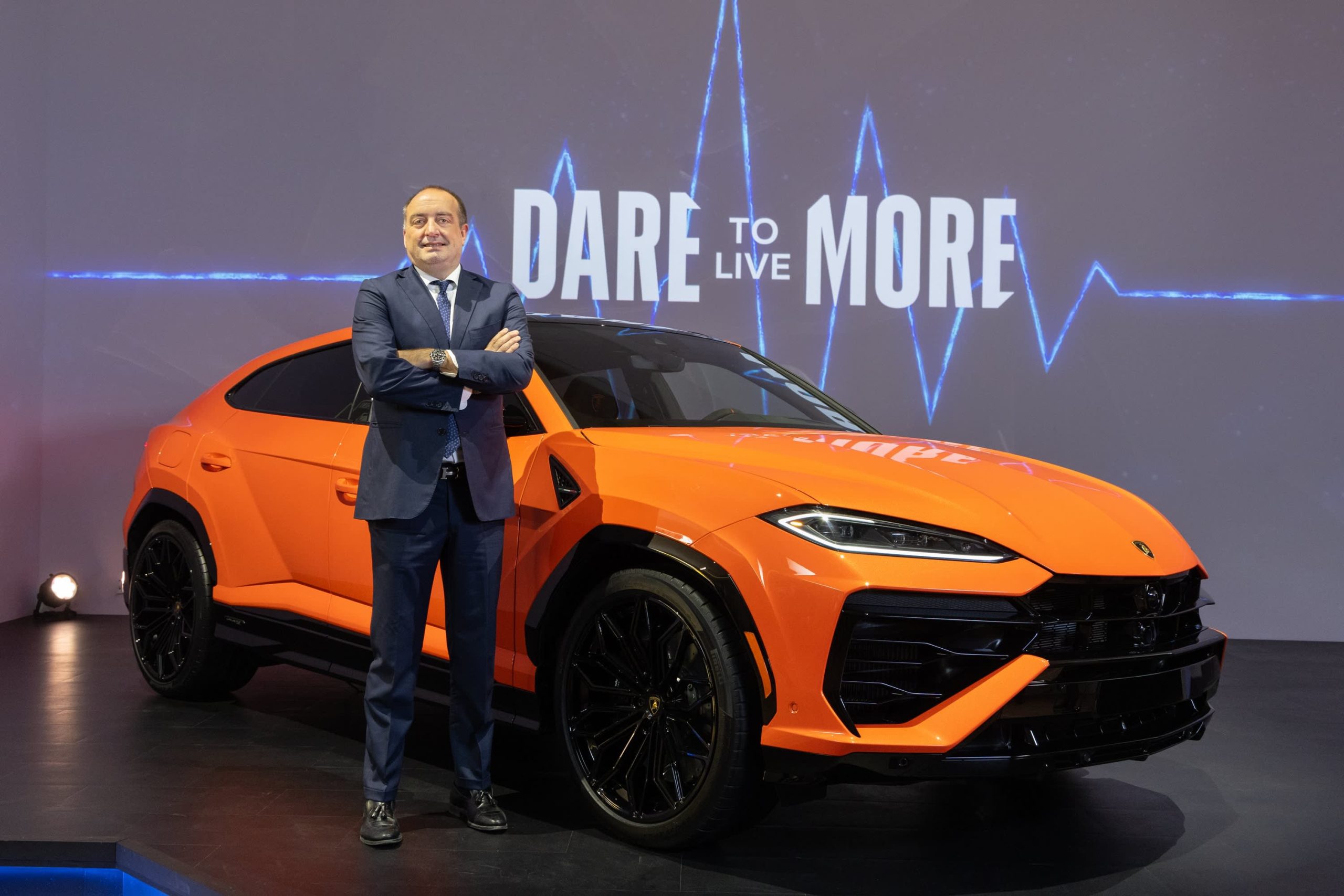
Lamborghini
Thanks to the electric motor, the Urus SE offers all-wheel drive. The motor is situated inside the eight-speed automatic transmission, and it acts as a booster for the V8 but it can also drive the wheels on its own. The electric torque-vectoring system distributes power to the wheels that need it for improved cornering. The Urus SE has six driving modes, with variations that give a total of 11 performance options. There are carbon ceramic brakes front and rear.
To distinguish it, the Urus SE gets a new “floating” hood design and a new grille, headlights with matrix LED technology and a new lighting signature, and a redesigned bumper. There are more than 100 bodywork styling options, and 47 interior color combinations, with four embroidery types. The rear liftgate has also been restyled, with lights that connect the tail light clusters. The rear diffuser was redesigned to give 35% more downforce (compared to the Urus S) and keep the car on the road.
The Urus represents about 60% of U.S. Lamborghini sales, Foschini says, and in the early years 80% of buyers were new to the brand. Now it’s down to 70%because, as Foschini says, some happy Urus owners have upgraded to the Performante model. Lamborghini sold 3,000 cars last year in the U.S., where it has 44 dealers. Global sales were 10,112, the first time the marque went into five figures.
The average Urus buyer is 45 years old, though it’s 10 years younger in China and 10 years older in Japan. Only 10% are women, though that percentage is increasing.
“The customer base is widening, thanks to the broad appeal of the Urus—it’s a very usable car,” Foschini says. “The new buyers are successful in business, appreciate the technology, the performance, the unconventional design, and the fun-to-drive nature of the Urus.”
Maserati has two SUVs in its lineup, the Levante and the smaller Grecale. But Foschini says Lamborghini has no such plans. “A smaller SUV is not consistent with the positioning of our brand,” he says. “It’s not what we need in our portfolio now.”
It’s unclear exactly when Lamborghini will become an all-battery-electric brand. Foschini says that the Italian automaker is working with Volkswagen Group partner Porsche on e-fuel, synthetic and renewably made gasoline that could presumably extend the brand’s internal-combustion identity. But now, e-fuel is very expensive to make as it relies on wind power and captured carbon dioxide.
During Monterey Car Week in 2023, Lamborghini showed the Lanzador , a 2+2 electric concept car with high ground clearance that is headed for production. “This is the right electric vehicle for us,” Foschini says. “And the production version will look better than the concept.” The Lanzador, Lamborghini’s fourth model, should arrive in 2028.
This stylish family home combines a classic palette and finishes with a flexible floorplan
Just 55 minutes from Sydney, make this your creative getaway located in the majestic Hawkesbury region.









